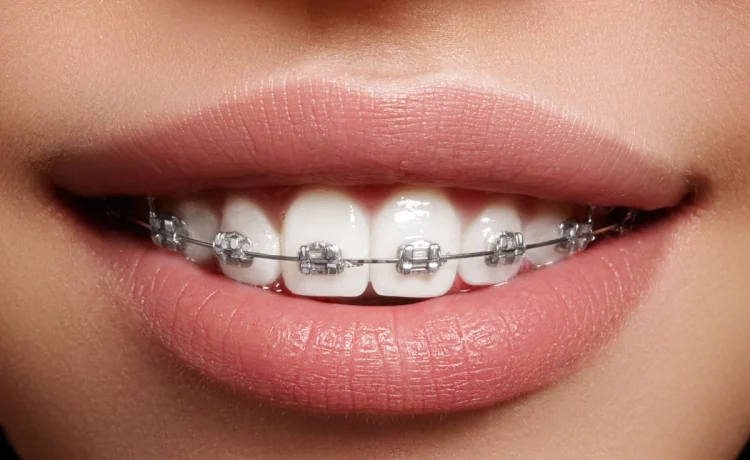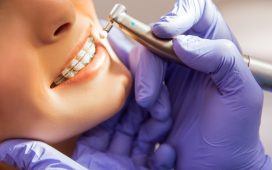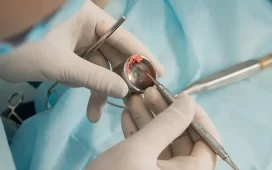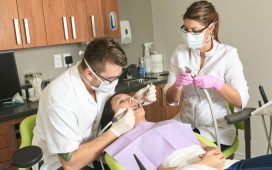Braces are a common orthodontic treatment used to correct misaligned teeth, improve bite function, and enhance smiles. However, many people are surprised by how much braces can cost. Understanding the various factors that affect the price of braces can help patients make informed decisions and plan for the financial commitment involved.
Average Cost of Braces
The cost of braces can vary significantly depending on the type of braces and the complexity of the treatment. On average, here’s what patients might expect:
- Metal Braces: $3,000 – $7,000
- Ceramic Braces: $4,000 – $8,500
- Lingual Braces: $8,000 – $10,000+
- Invisalign (Clear Aligners): $3,000 – $7,000
These figures are just estimates. The actual cost depends on a range of factors, including the orthodontist’s experience, geographic location, and the duration of treatment.
Key Factors That Influence Braces Pricing
Several variables contribute to the final cost of braces:
1. Type of Braces
Different braces come with different price tags. Traditional metal braces tend to be the most affordable. On the other hand, lingual braces and clear aligners often cost more due to their advanced technology and aesthetic benefits.
2. Length of Treatment
The longer you need to wear braces, the higher the cost. Simple alignment issues might only take 6–12 months, while more complex cases can require up to 2–3 years.
3. Orthodontist’s Expertise
Experienced orthodontists or those with specialized training may charge more. However, their advanced skills often result in better outcomes and shorter treatment times.
4. Geographic Location
The cost of living in your area affects the price of dental and orthodontic care. For example, braces in urban centers tend to be more expensive than in rural areas due to overhead and demand.
5. Initial Consultation and Imaging
Initial exams, X-rays, and 3D imaging are essential parts of orthodontic planning. These preliminary steps are usually charged separately and can range from $100 to $500.
6. Follow-Up Visits and Adjustments
Orthodontic treatment involves regular check-ups. These visits are typically included in the total cost, but they can add up over time if more adjustments are needed.
7. Retainers and Post-Treatment Care
After braces are removed, most patients need a retainer to maintain results. The cost of retainers and follow-up visits should also be factored into the overall budget.
Are Braces Covered by Insurance?
In some cases, dental insurance may partially cover the cost of braces, especially if the treatment is deemed medically necessary. However, cosmetic cases may not qualify for coverage. It’s important to check with your insurance provider before starting treatment.
Payment Plans and Financing Options
Many orthodontic clinics offer flexible financing options to make treatment more accessible. These may include:
- Monthly payment plans
- In-house financing
- Third-party healthcare credit services
Always ask your orthodontist about available payment options and discounts.
Where to Get Affordable Braces
Cost-effective treatment is available at many reputable clinics. For instance, Clinique Savaris braces provide a trusted option for patients seeking quality care and flexible payment plans. Choosing a clinic with experienced professionals can make a big difference in both outcomes and affordability.
Final Thoughts
Braces are a valuable investment in your oral health and self-confidence. While the cost can be substantial, the long-term benefits often outweigh the financial burden. By understanding the factors that influence the cost and exploring payment options, patients can find a treatment plan that fits their budget and needs.











